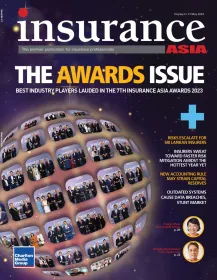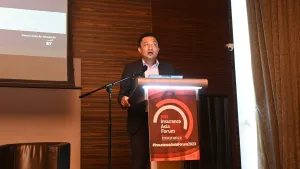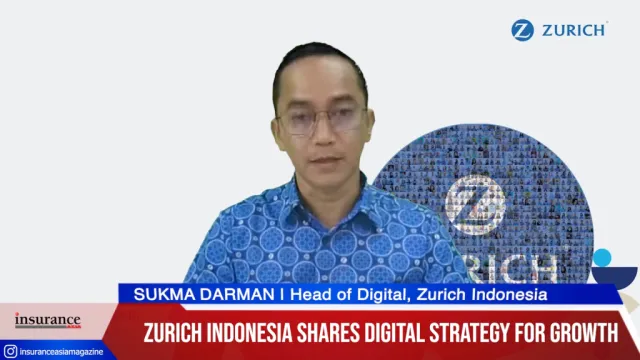Disrupt or be disrupted
By Liew Nam SoonThe diverse insurance market in Asia-Pacific sees plenty of growth opportunities and challenges pertaining to distribution and regulation. Insurers are increasingly aware of the importance of customer centricity, product and service innovation, as well as alternative business models to drive growth.
More pan-Asian mergers and acquisitions (M&A) are anticipated. Life insurers are refocusing on customer-centric products that offer more consumer protection. Property and casualty businesses are catering to increased demand for motor and liability insurance due to changing regulation and disruption. Infrastructure investments are increasing demand for industrial insurance. Demand for catastrophic insurance is also increasing. Going forward, health insurance growth will be driven by ageing populations, greater public awareness, and insufficient healthcare systems.
Insurers are driving growth through M&A which is ideal for foreign insurers seeking access to new markets. Thailand, Malaysia and Philippines are hot targets due to market potential and low penetration rates. Strong domestic players are also looking at overseas markets.
Insurers are also seeking opportunities in cross-sector partnerships with providers in ride-hailing and logistics service, parking solutions and emergency assistance, to expand the product and service offering. Life insurers are partnering asset managers to better respond to the growing needs of wealth management services. Simultaneously, general insurers and life insurers are partnering to leverage a shared customer network.
As part of their efforts to improve customer experience, insurers are offering multi-channel distribution, bancassurance and leveraging digital channels, and data analytics. This is to facilitate interaction between agents and clients, and deepen the customer share of wallet. Some insurers are also partnering with large eCommerce FinTechs to cross-sell to their customers.
It is clear that digital with data and analytics will be a key strategy enabler for insurers, to create value through innovation. The winners are the ones that are stepping up on product and service innovation According to the EY FinTech Adoption Index 2017, insurance innovation adoption has increased from 8% in 2015 to 24% in 2017. Insurance tech startups have raised US$1.7b across 173 deals in 2016. Insurtech is showing rapid adoption, with a number of insurance innovations developed for this market. Examples include usage-based commercial car insurance products.
Technology and Insurtech as a new enabler for growth
Technology and Insurtech is disrupting three main parties: customers, insurers and the agents. Customers are getting more tech-savvy and demanding, expecting customisable products and convenience around the clock, alongside an omnichannel experience and real-time access to policies.
Insurers are leveraging technologies like mobile apps to issue policies and automate and claims.They are redefining customer segments and creating needs-based value propositions. The digitalisation of claims management is seen as critical to achieving cost and operational efficiency.
Agents are improving customer engagement through lead management solutions, data-driven insights, and l leveraging mobile devices for quotes and financial tools to develop needs-based propositions. They need to think of new ways to engage, communicate and satisfy their customers that goes beyond a transactional type of relationship to one that is consultative.
The areas seeing the most disruption include:
- Product design through digitally enabled, insights-based, customised solutions that can better serve the customers
- Marketing and sales through the adoption of lead management solutions and behavioral targeting
- Underwriting and competitive pricing, e.g., Comparison platforms and partnering with ecommerce merchants to enable faster onboarding and processing
- Customer service touchpoints for customers to provide feedback, make enquiries and submit claims
- Claims management to enable self-service, multiple touchpoints for claims submission. E.g. an insurer leveraging a social chat application to offer one-click renewal and claims status tracking
- Leveraging data analytics for fraud detection and prevention
Future of the insurance ecosystem
More InsurTechs will rise a to join the insurance ecosystem alongside regulators, established insurance companies, large social eCommerce, and onDemand merchants, including telcos, online retailers, and established banks, for more bancassurance joint offerings. Everyone will need to co-exist and find common ground. Customers will demand the best of choice. Agents will need to evolve and be reskilled to adapt and work with new technologies to better target, serve, engage and retain their customers as their role may shift fundamentally in light of innovations around robo advice.












 Advertise
Advertise












